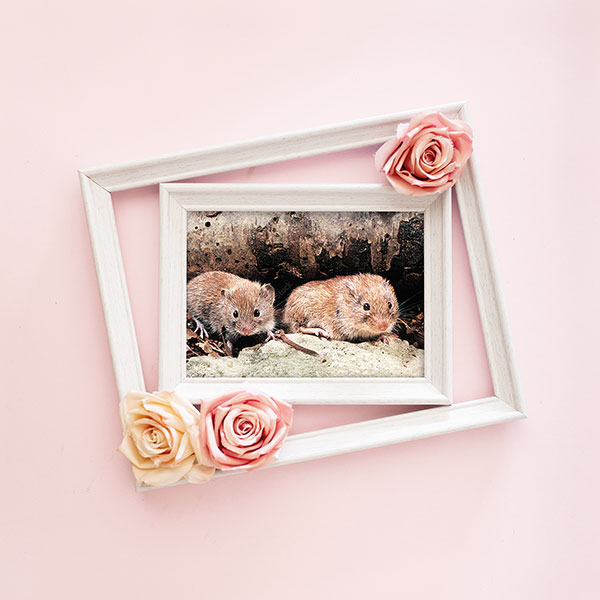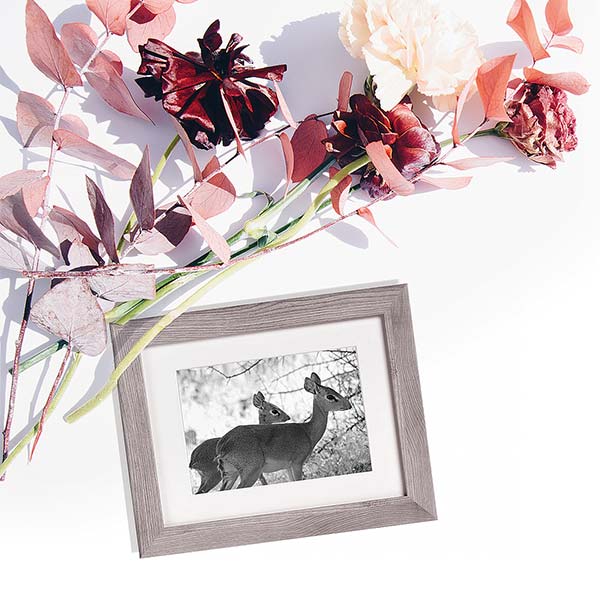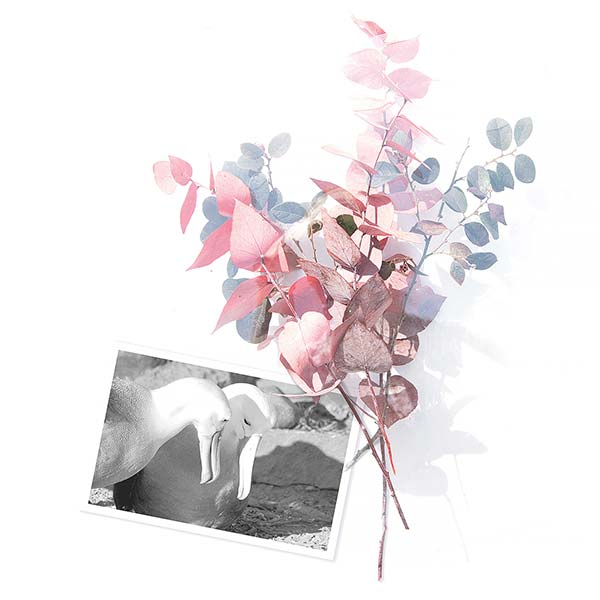Subtotal: $
Checkout-

The Raceless Gospel
-

Poem: “Blessing the Bells”
-

Poem: “Autumn in Chrysalis-Time”
-

Tiny Knights
-

Editors’ Picks: What Your Food Ate
-

Editors’ Picks: Untrustworthy
-

Editors’ Picks: The Last White Man
-

Retooling the Plough
-

Charting the Future of Pro-Life
-

Letters from Readers
-

Home in My Heart
-

Remembering Alice von Hildebrand
-

Sadhu Sundar Singh
-

Covering the Cover: The Vows That Bind
-

The Day No One Would Say the Nazis Were Bad
-

John Wayne, The Quiet Man
-

No Promises
-

Word Is Bond
-

Bring Back Hippocrates
-

The Dance of Devotion
-

Victor Hugo’s Masterpiece of Impossibility
-

A Vow Will Keep You
-

A Broken but Faithful Marriage
-

Can Love Take Sides?
-

A Defense of Vows
-

Why I Chose Poverty
-

Demystifying Chastity
-

The Adventure of Obedience
-

Vows of Baptism
-

Hutterite Ten Points of Baptism
-

The One Who Promises

Vows in Brief
How three monogamous animal couples got from courtship to “I do.”
By Phil Christman
October 14, 2022
Next Article:
Explore Other Articles:
Rodents are having a moment. Look in any trendy restaurant – no, a little further down – and you may find rats. Guinea pigs overwhelm Gotham’s animal shelters; a rare beaver even surprised passersby on the Williamsburg Bridge this spring. Looking beyond the city, if we must, we find mice accused of spreading Omicron and “squirrel roundups” in California.
Amongst such heady company, some rodents keep a lower profile. Two prairie voles – North Americans may know them by a somewhat vulgar nickname, “field mice,” though their family name, Microtus ochrogaster, is perfectly respectable, and followed them from the Old World – mated for life last Saturday, under a bit of leafy covering in the backyard of a particularly tony Lincoln Park, Chicago, house. The happy couple already expects their first litter of five.

Vole photograph by slowmotiongli. Used by permission.
The parents of the groom are successful tunnel-builders. Their son attracted some local notoriety early last week when he departed from the community to take up and mark a circular bit of territory with his urine. All day Friday he defended this prime bit of real estate with all the tenacity of the NIMBY homeowners he shares a habitat with, chattering his teeth and raising his forefeet aggressively at no fewer than six would-be usurpers.
His bride-to-be was cagier. For a night and most of a day, she ignored his courtship displays to concentrate on her successful career as a burrower and disrupter of root systems. But there was just something about the scent of his pheromones, and after twenty-four hours, she found that his secretions had driven her mad with love. They reconnected. The several-day mating rut that followed left them both hopelessly addicted to the oxytocin produced by being in each other’s company. They now spend time searching for vegetation with which to line their starter home, a nest off to the side of a newly-dug burrow. During their off-hours, they spend a good deal of time grooming each other, especially when either has been mistreated – a behavior trait that some scientists consider a sign of animal empathy.
Speaking of grooming, the nearly seven-hour age gap between husband and wife – she was born thirty-eight days ago at 3:07 p.m., while he trailed her, arriving at 9:59 – might raise a few eyebrows, in a species that possesses eyebrows. But with a lifespan of one year, and hungry great horned owls infesting Chicago, and a certain Lincoln Park homeowner furiously exchanging irate text messages with his gardener, this bonded pair may feel that life is too short to worry about a thing like that.
Two lucky members of the small-batch artisanal antelope species known as “Kirk’s dik-dik” (Madoqua kirkii) announced their marriage Thursday. How did they make that announcement? Therein lies a tale.
They met that morning when she used the distinctive nasal alarm call that unites the four types of East African antelopes who share the iconic “dik dik” brand to warn him away from a hungry and well-hidden monitor lizard. The distinctive cry of the dik-dik sounds – there is sometimes truth in advertising – like someone yelling Dik! Dik! Having heard her message, and noticed her tubular snout, he tried to initiate conversation with a little whistle. But it’s hard to land an opening line with a gal who is running in a zigzag pattern at a rate of twenty-six miles per hour.

Kirk’s Dik-Dik photography by Anushka Wijesinha. Used by permission.
He caught up with her again a few hours later, though he had to frighten off some rivals before things could get serious. (He rushed forward and nodded his head at them rather markedly.) She liked his three-inch horns – some women appreciate a short king. After that, there weren’t too many preliminaries: a lifted foreleg, a bit of smelling.
Then the nuptials began. With him standing behind her, the very model of a supportive modern husband, she left a bit of dung and urine to mark the couple’s new territory. He gave the leavings a friendly sniff, bared his teeth, and left a contribution of his own on top. The ceremony was private and attended only by the bride and groom.
Both spouses share a love of solo travel (no packs for the bohemian dik-dik), ruminating, and licking each other’s preorbital glands. They are already expecting their first offspring, a boy, who will live at home for seven months, at which point Dad will chase him away. Barring lion attacks, they expect up to a decade of matrimonial bliss.
An enterprising public-relations firm should take up the cause of the albatross. Contrary to popular belief, sailors do eat them – or at least they did until the Romantic writer, intellectual, and arch anti-albatross propagandist Samuel Taylor Coleridge turned them into an omen of marine doom. A classic Monty Python sketch suggested that they’d taste bad on a stick. (So would the members of Monty Python.) The Japanese call them “fool birds,” and the post-punk music group Public Image Ltd named one of the most unpleasant songs in modern history after them. Charles Baudelaire may have delivered the ultimate insult when he compared them to poets.
But they’re really not such bad birds. Tourists love them. The Māori make flutes from their bones. In full flight, they look unmistakably cool, with the largest wingspan of any living bird species. And they’re loyal, mating more or less for life.

Flower photography by Evie Schaffer. Used by permission.
Two majestic Falkland Island black-browed albatrosses have announced the culmination of their lengthy engagement and the beginning of a roughly ten-week incubation period, with bride and groom splitting nest time.
The pair fell in love two years ago, at eight years of age, when they both returned as usual to the rocky outcropping that serves as a winter vacation compound for this highly exclusive extended family. The family that winters together stays together, and older birds in the clan soon noticed this pair practicing the various synchronized grooming, beak-clacking, bowing, and whooping that every albatross pair needs to do to know they’re meant to be. When September rolled around again, they danced in unison for hours, and were even heard to moo at each other. For a pair of ten-year-old albatrosses, there’s only one thing that can mean.
Once the happy couple’s chicks are hatched and fledged, Mom and Dad will return to the long solo flights that form the bread and butter of their daily routine. Barring unforeseen circumstances, they will meet again on that rocky outcropping next September, and for many Septembers after that. They will preen each other’s feathers and touch beaks. If the mood strikes, the paterfamilias will sire more eggs.
A contingency that threatens this rosy future is climate change, which researchers have found is driving a spike in the generally low divorce rates among Thalassarche melanophris, Falkland Island black-browed albatrosses. Scientists hypothesize that greater than average seasonal differences in sea temperatures make it harder for the birds to know when it’s time to return to the family compound for breeding season, and with timetables thus scrambled, homewrecker males have a chance to move in. Warmer oceans also choke the food supply, and as the old saying goes: when poverty comes in at the door, love goes out the window.
Human greed, it seems, is the real albatross.
Already a subscriber? Sign in
Try 3 months of unlimited access. Start your FREE TRIAL today. Cancel anytime.











































Daniel Ritchie
Thank you so much for this witty and penetrating essay. It captured my attention -- and my heart -- right from the start, and kept me reading. I appreciate this kind of nature writing, where the connections between human and non-human are there, but not pre-digested for the reader.
Barbara ford
Brilliant!